Autonomous shuttles are emerging as a real-world solution to first-mile, last-mile gaps in traditional transit services. They are being deployed in urban centers, hospitals, universities, industrial sites and more to provide transportation services to business, cultural and community locations. Autonomous shuttles can deliver much-needed mobility for the elderly, people with disabilities, and others with limited access to transportation. They can also provide critical transit support services in emergency response to crisis situations.
Velodyne is at the forefront of providing lidar technology to shuttle developers creating innovative, clean mobility solutions. Their driverless shuttles demonstrate how Velodyne lidar sensors provide robust data for safe, efficient navigation on roadways.

Autonomous shuttles typically use a mix of perception sensors for navigation and safety.
Writing in Autonomous Vehicle International, Sally Frykman and Dieter Gabriel, both of Velodyne Lidar, noted:
Robotaxis use a suite of redundant sensors for functional safety, including lidar, camera and radar. Surroundview lidar sensors offer a 360° view of the environment with a range of up to 250m (820ft), enabling precise object detection in a wide variety of light conditions. In contrast, cameras generally suffer in low lighting conditions, can struggle with optical illusions and require relatively complex computations to provide distance measurements.
Furthermore, in comparison with lidar, radar has lower resolution (>10cm+), so a radar’s 3D image is relatively fuzzy. Radars also can have difficulty detecting stationary objects and generally cannot be used for accurate object detection. Because lidar sensors generally provide much higher resolution than radar and preise depth perception in a wide variety of lighting conditions, they are considered an essential component for safe navigation in robotaxis and shuttles.
Equipped with lidar sensors, autonomous shuttles have the potential to expand transportation options among communities with safe, sustainable mobility services.
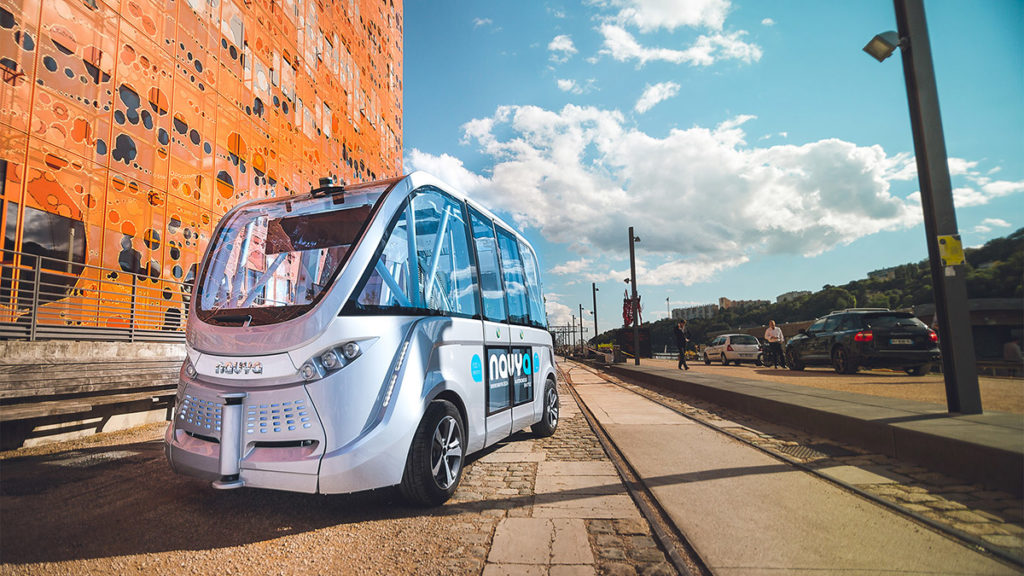
Since 2015, NAVYA has been using Velodyne lidar sensors in production for its autonomous shuttle fleet that provides mobility services to cities and private sites. The NAVYA autonomous shuttle fleet offers effective first- and last-mile transportation solutions, with optimized navigation and safety features.

Another leader in autonomous shuttles is EasyMile, which uses Velodyne lidar sensors in production of its EZ10 autonomous passenger shuttles that are deployed in more than 30 countries around the world. Velodyne lidar technology is a key component in enabling EasyMile autonomous vehicles to deliver smart mobility in urban, suburban and private environments.
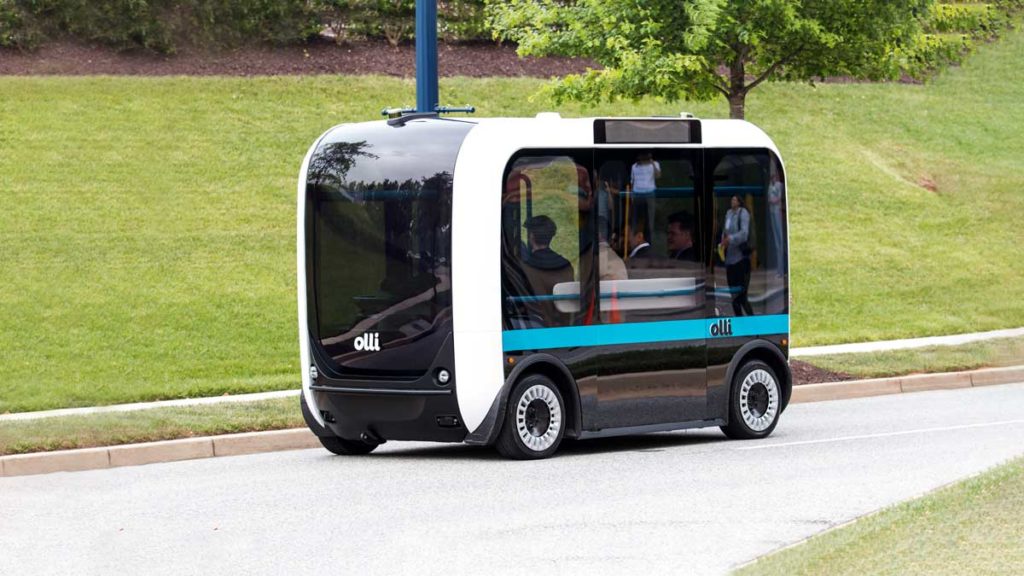
In the United States, the Local Motors Olli self-driving shuttle aims to change the way the public views transportation. Olli can be used on private roads and public roads that have received clearance to operate a self-driving vehicle, such as National Harbor, Maryland, where it currently operates. Velodyne lidar allows the Olli shuttle to capture a 360-degree view of the vehicle and its surroundings.
Autonomous shuttles are also playing a role in COVID-19 response. The pandemic is forcing business and government to search for new ways to provide needed services while also keeping people safe from infectious disease.
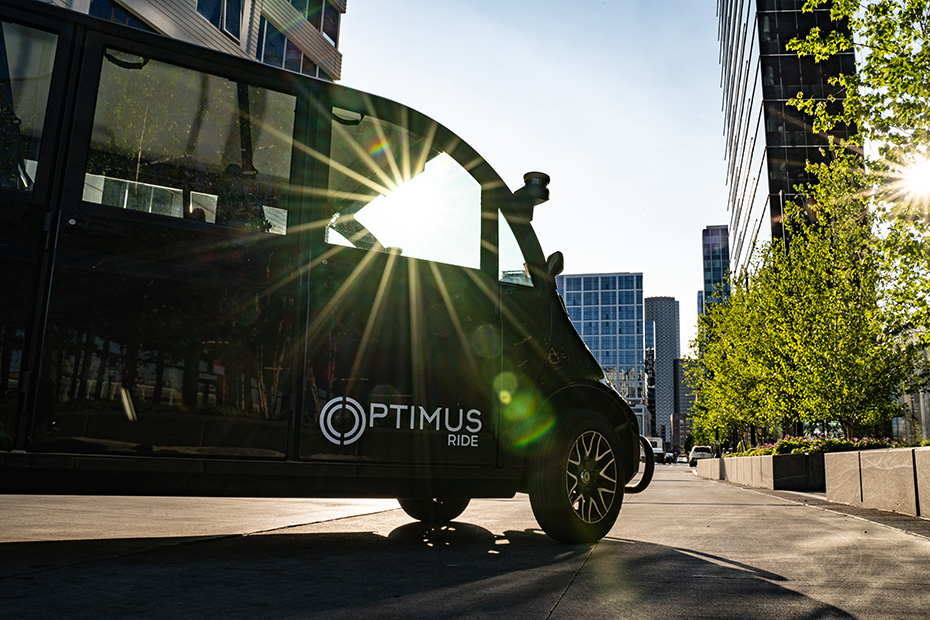
For example, self-driving vehicles from Optimus Ride are helping residents of Paradise Valley Estates, a retirement community for people ages 55-plus in Fairfield, Calif. Residents are no longer permitted to gather in the dining hall, so Optimus Ride vehicles are bringing meals directly to them. They are also being used for package delivery.
Using three Velodyne sensors, each Optimus Ride all-electric vehicle can accurately locate the position of people and objects in its surrounding environment, as well as calculate their speed and trajectory. With that information, the vehicle’s on-board computer system determines how to drive to its destination.
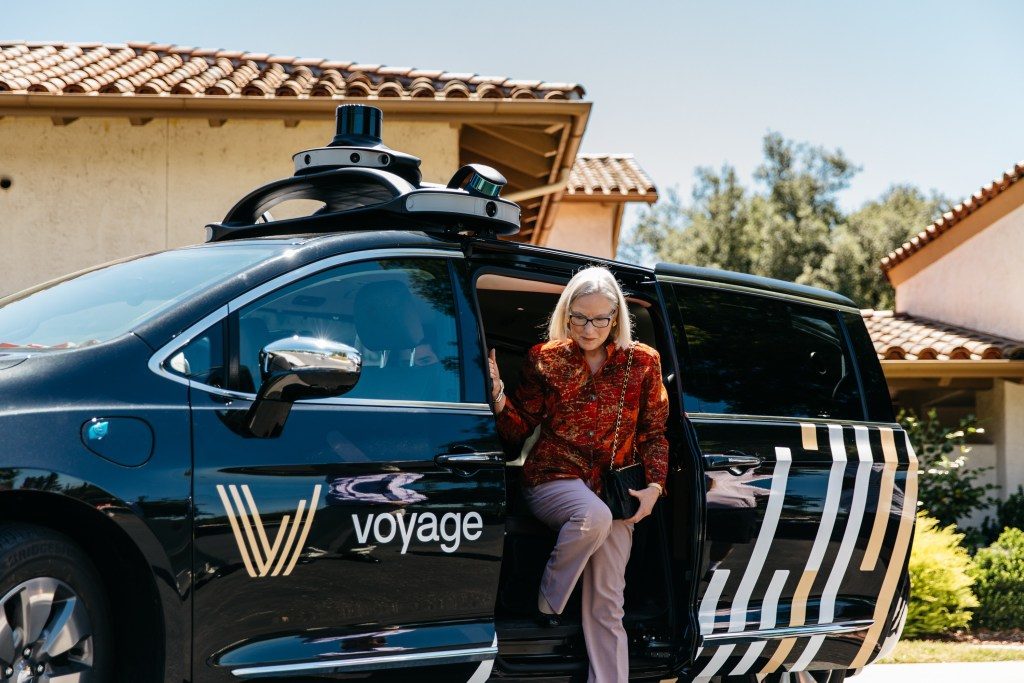
Another autonomous shuttle company addressing the transportation needs of retirement communities is Voyage. Their self-driving vehicles, equipped with Velodyne Alpha Prime™ sensors, provide residents safe, autonomous transportation anywhere in their community. Whether residents face mobility restrictions or just want to take a ride, Voyage takes pride in getting all its passengers to their destination safely, efficiently and affordably.
Powered by lidar sensors, autonomous shuttles are poised to deliver safety, sustainability and societal benefits to communities throughout the world.
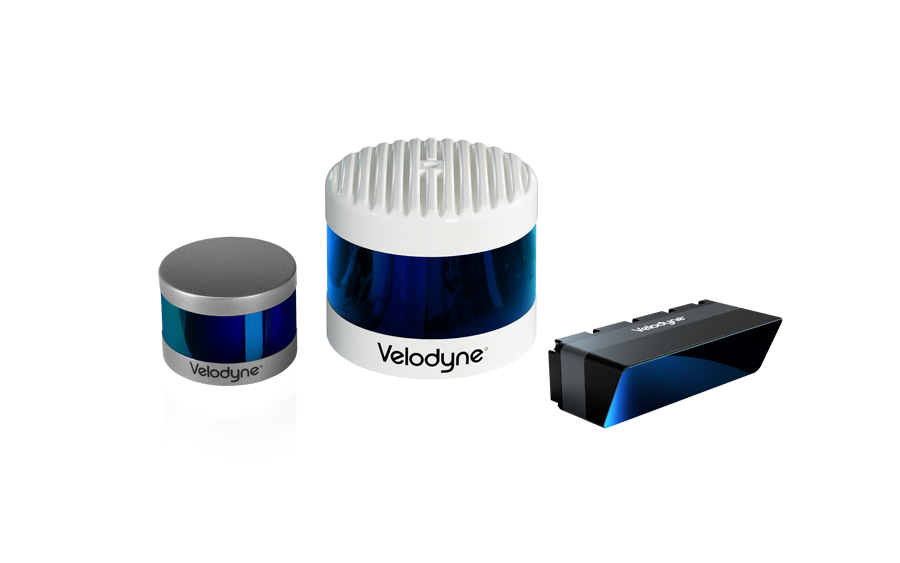
Velodyne Lidar (Nasdaq: VLDR, VLDRW) ushered in a new era of autonomous technology with the invention of real-time surround view lidar sensors. Velodyne, a global leader in lidar, is known for its broad portfolio of breakthrough lidar technologies. Velodyne’s revolutionary sensor and software solutions provide flexibility, quality and performance to meet the needs of a wide range of industries, including robotics, industrial, intelligent infrastructure, autonomous vehicles and advanced driver assistance systems (ADAS). Through continuous innovation, Velodyne strives to transform lives and communities by advancing safer mobility for all.